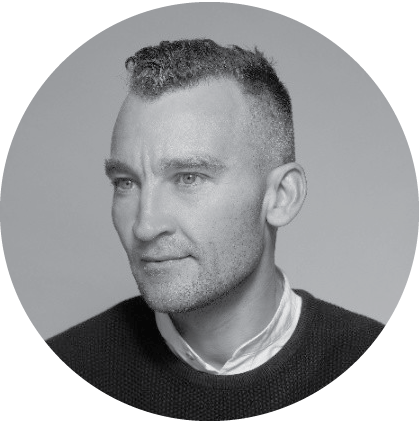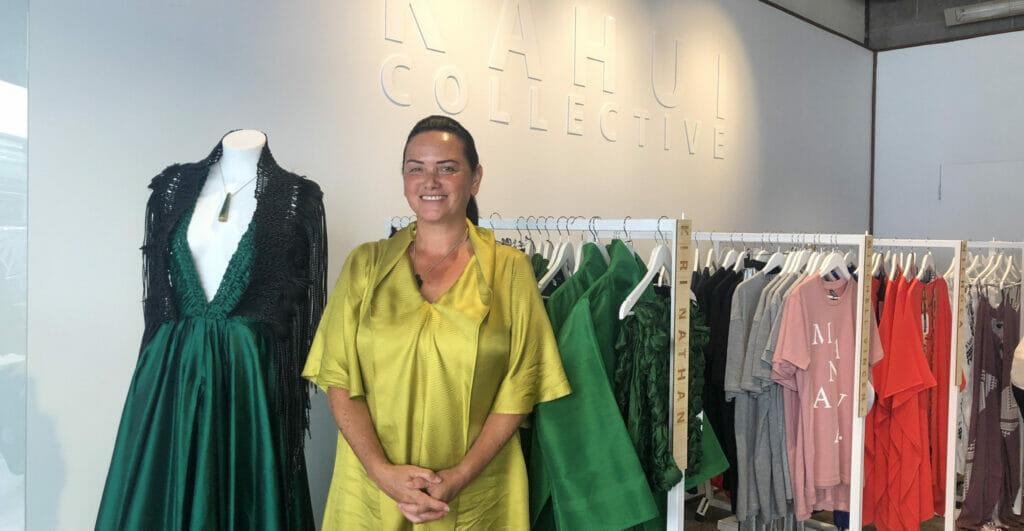
Can you talk a bit about your career background and the journey to taking up your role at Allbirds?
I originally worked for Fisher and Paykel. I moved from there to Italy to work for an architecture and design consultancy, then I took my dream job with a wind surfing company in Hawaii and Hong Kong.
Working in Hong Kong, I was confronted with just the scale of consumption in the West. As a New Zealand designer, I had no real exposure to the scale of the world at that time. So in that moment, I decided I was going to go to London, because that’s where I believed to be the centre of design and all things cultural, and in large parts it was.
I walked around the whole city dropping off letters and walked in on Tom Dixon having a meeting in his little Portobello studio, which was an old shop front. This was just as his own brand was taking off after he left Habitat. He obviously liked what I was doing and asked me to help him out on a project. I briefly freelanced with him and then eventually he hired me. I worked for him for about three years, but I knew I had to come home. I moved back to New Zealand but kept consulting for Tom and the windsurfing company, meaning I had a very weird blend of work that I was doing at the beginning, and then grew my own practice from there.
My consultancy was always small and niche, but over that time I picked up a bunch of very interesting clients like Cathay Pacific, Avanti Bicycles, and designing furniture which I was growing to love. I think the landscape of design had really changed in New Zealand over the ten year period that I was away. I left New Zealand believing that everything existed beyond these shores, and came home almost surprised to think that there were vehicles for designers such as myself to present themselves.
In 2011 I was connected with Tim Brown who had this idea about this little piece of wool that he wanted to make running shoes out of. He approached me, and we got along really well. At the time, I figured how hard could it be to make shoes? I’d done so many other things like chairs and lights and kayaks. It turned out that shoes are really difficult and for lots of reasons: we were trying to make shoes with no knowledge, with a novel material, and with nobody willing to open their doors to us. But Tim and I are both pretty tenacious, and through this process we finally made a shoe and established a philosophy that we ended up becoming really dogmatic about. We launched this shoe on a kickstarter as a really basic version of the wool runner, as we decided that we wanted to make an athleisure shoe rather than a runner. The kickstarter proved that this thing had really latent potential.
There were a lot of moments where it seemed like it was going to be too hard, but to me it just seemed like too big of an opportunity to not keep going. I don’t think any of us ever expected the shoe to have quite this resonance. Certainly we expected that there was potential in this idea, but the speed in which this thing has taken off has been pretty exciting. Fast forward to 2016, we launched our first shoe and it seemed to be going pretty well.
Towards the end of the year, the core team all sat around and discussed our vision for the product and where we wanted to take it. Our co-founder Joey said “I just want to drive petrochemicals out of the footwear industry”, and that was so inspiring. It felt like we were making a difference and it was a project that was bigger than design. Later that week they made an offer for me to come on board full time and move myself and my family to San Francisco. It was a big call given I’d already lived abroad, but this was too exciting and too important an opportunity not to take it.
What enticed you to join the Allbirds team?
It’s the high level mission and the purpose. As a designer it’s very easy to live with this cognitive dissonance. To me certainly it was about designing the world around me, but you’re always aware that in doing so it’s at a cost. It’s really hard to navigate sustainability just as a designer. Here was an opportunity to have an answer where I could satisfy those needs to build out a world around me. This brand was a vehicle where it was clear from the very early days that it was more than just footwear, so this was going to allow a similar amount of diversity of thought and inspiration that my own practice was allowing.
I would go to San Francisco, and I would come back super wired. There was this energy having this purpose, and it attracted such smart and interesting people in their fields. Being able to pick their brains and work alongside them was so much more rewarding than working on the project as a consultant. As a consultant there always comes a time where you have to let go which is the nature of the relationship. I loved my other clients and the work I was doing was super special, but the work I was doing in San Francisco was just on a different level of bravery and optimism.
Where do you draw inspiration from when designing?
The materials are the thing that are really special. I love celebrating the honesty of the object.
At Allbirds, doing the opposite of what everyone is doing is such a great way to differentiate ourselves when everyone else is over-designing and continually re-designing in this hyper-obsolescence that exists in fashion. The idea that we would try to solve problems in a singular way, try and solve them by taking things off and being very pure is what inspires us at Allbirds.
I think also a vision for the future is inspiring. We have a broader long-term vision which is very future facing and it’s informed by natural materials, and finding ways to put together that are more and more sophisticated.
You’ve worked all over the world. Do you notice a difference in the way you approach design depending on where you are?
I think certainly the way that I am informed, and New Zealanders in general, is that we are so much more connected to a couple of things – the bi-cultural nature of our nation and our connection to the land. There’s a rawness, a kind of a pragmatism, an earthiness, a realness to the way that we think about design. We take these things more seriously.
I think we have a really interesting point of view here that I don’t see anywhere else. There’s great design happening elsewhere, but it’s very hard to look at other design work and pick where it’s from these days. I think New Zealand has a unique aesthetic that is more raw, that is connected to the land. It’s really exciting and I feel really proud. I think even in San Fran I’m still channeling that Kiwi point of view, and think I always have been.
Why are you getting involved in Semi Permanent, and how do you think events such as these benefit creative industries?
I was particularly inspired to get involved this year because they put the whole event on for free. Covid-19 has been pretty hard on creative industries, so full credit goes to Alt Group, Special Group and ATEED for sponsoring the event.
For me, events like these help you to realise that the creative sector is so broad. I exist in only a small sliver of it, as do other people in their own disciplines. It’s so nice to, for the first time in months, just sit there and let other people tell you their stories for a change. I could see all of these serendipitous connections into my own story. Events like these are important for all of us to act as a palette cleanser. It’s great to get an overview, a sort of degustation of what’s going on creatively. It makes me think that design in New Zealand is really special.
What are three pieces of advice you’d give to Kiwi designers wanting to grow their careers offshore?
Treat the journey of figuring out where you belong as exactly that – a journey in itself. For me, there were lots of steps, but the journey helped me understand the landscape of where that destination was. The things you discover along the way really inform your sense of what your purpose is.
Don’t rush to get somewhere, don’t rush to be an entrepreneur. We tend to champion entrepreneurship a lot, but I think that can be damaging to young creatives. I think there is maybe a time for entrepreneurship, but I think for someone who wants to learn their craft, I think trying to marry that with entrepreneurship can be a bit damaging. I always believed that my time in Italy taught me about the respect for the maestro and the respect for things taking time.
Be generous, and recognise other designer’s talents, and recognise when you don’t have those talents yourself. When I was in London, it always felt like all of the other designers were competing against each other. Be confident in your own skin. The sooner you learn that as a designer, and the sooner you learn to be confident in your own abilities rather than trying to be something you’re not, then the sooner you’re going to grow yourself. It’s natural to be envious of other designers and wish you thought of ideas, but realising that your skillset is different is important and finding that comfort was a big thing for me. You start to realise that all of the good designers, the ones that bubble up to the top anyway, are the ones that tend to be comfortable in their own skin.

 MENU
MENU










